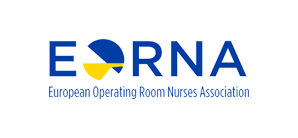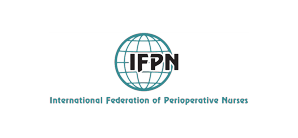EPIDEMIOLOGICAL CHARACTERISTICS OF BURN INJURIES IN A GREEK CHILDREN’S HOSPITAL
Theodora Malakou, Maria Polikandrioti, Georgios Vasilopoulos, Martha Kelesi, Afroditi Zartaloudi, Fragkoula Efstratiou, Ioannis Koutelekos
Friday, September 1, 2017
Publication year:
2017
Authors:
- Malakou Theodora, RN, MSc, G. Pediatric Hospital Κaramandaneio, Patra
- Polikandrioti Maria, Assistant Professor,Department of Nursing,Technological Educational Institute of Athens
- Vasilopoulos Georgios, Assistant Professor, Faculty of Health and Caring Professions, Department of Nursing, Athens University of Applied Sciences, Greece
- Kelesi Martha, Associate Professor, Department of Nursing, TEI of Athens
- Zartaloudi Afroditi, Lecturer, Department of Nursing, TEI of Athens
- Efstratiou Fragkoula, RN, MSc, Phd(c), PICU, P &A Kyriakou
- Koutelekos Ioannis, PhD, Associate Professor, Department of Nursing A',Technological Educational Institute of Athens
Keywords index:
Pages: 148-157
Abstract:
A burn is a type of are tissue damage to the skin due to the effect of a harmful cause. Thepurpose of the study was to retrospectively record the characteristics of children who had been admitted because of burn to a pediatric hospital in Western Greece. Material and Method: The sample of the study consisted of 345 children with burn who were admitted to the Emergency Department of a General Children's Hospital in Western Greece during the period 2013 to 2016. Data were collected from the archives of the department. Results: Boys (57.4%) and infants (31%) had the most burns. Months with the highest incidence of burns were August (13%) and April (10.7%) while the days were Sunday (17.4%), Tuesday (16.8%) and Saturday (15.7%). The 1/3 of the burns occurred during the weekend, while most burns occurred during holidays and celebrations. The majority of burns were caused in the upper and lower extremities while 93% of burns were of thermal etiology. Regarding the extent of burn, 231 participants experienced superficial burns. Furthermore, 85% of the children who had a burn was transferred directly in the Emergency Department and 75% did not need hospitalization. Parents of children with burn were indigenous individuals (85%) and workers (88%). Conclusion: Implementation of prevention and training programs on the risks of burns as well as the application of fire safety measures and other heat sources, it is possible to reduce morbidity and mortality related with burns in childhood.
Download PDF


